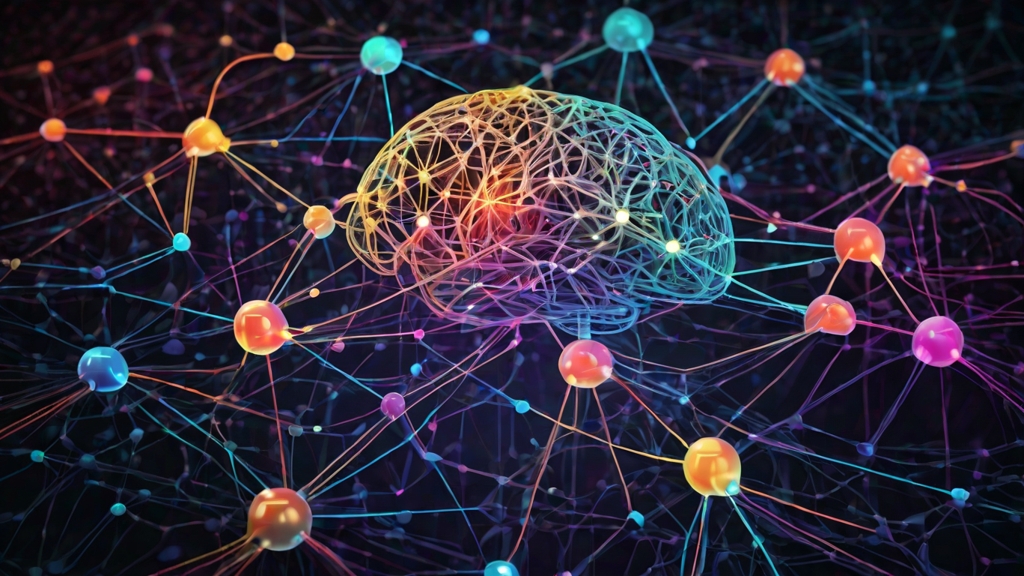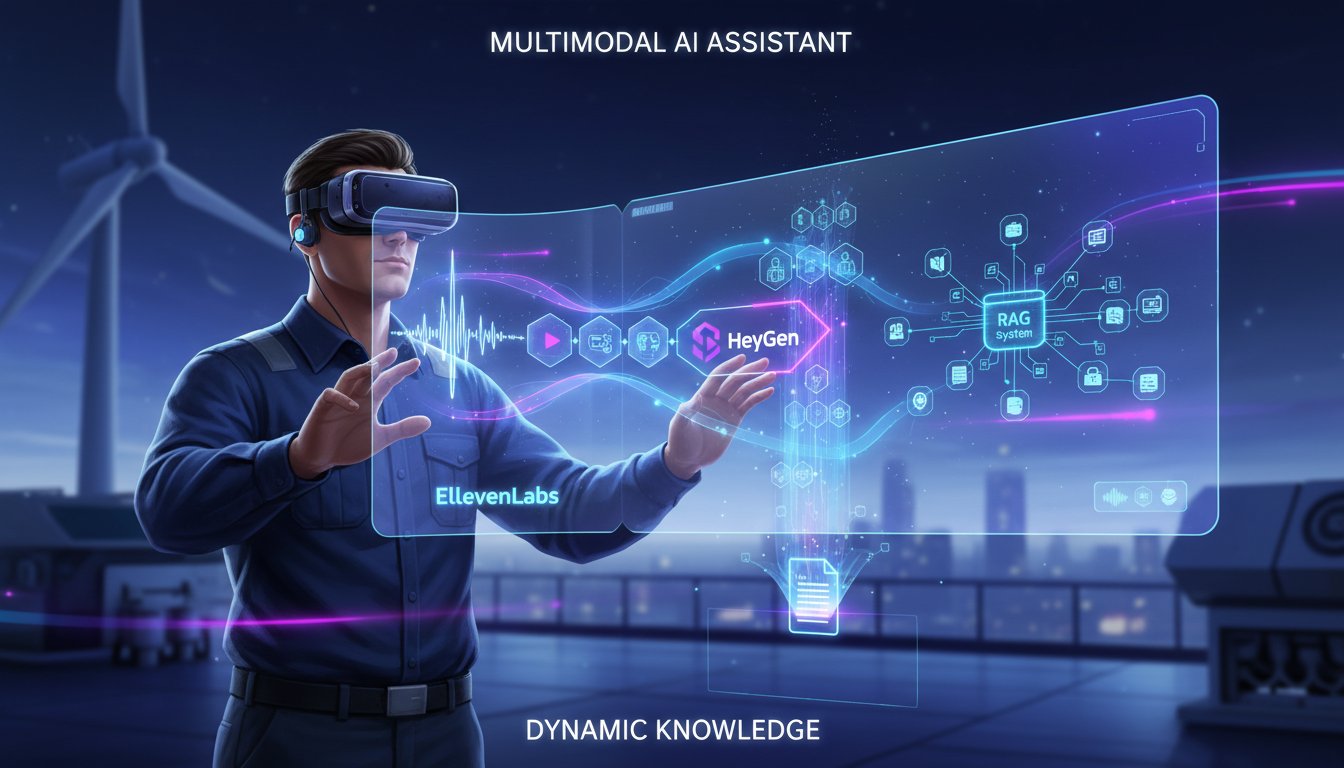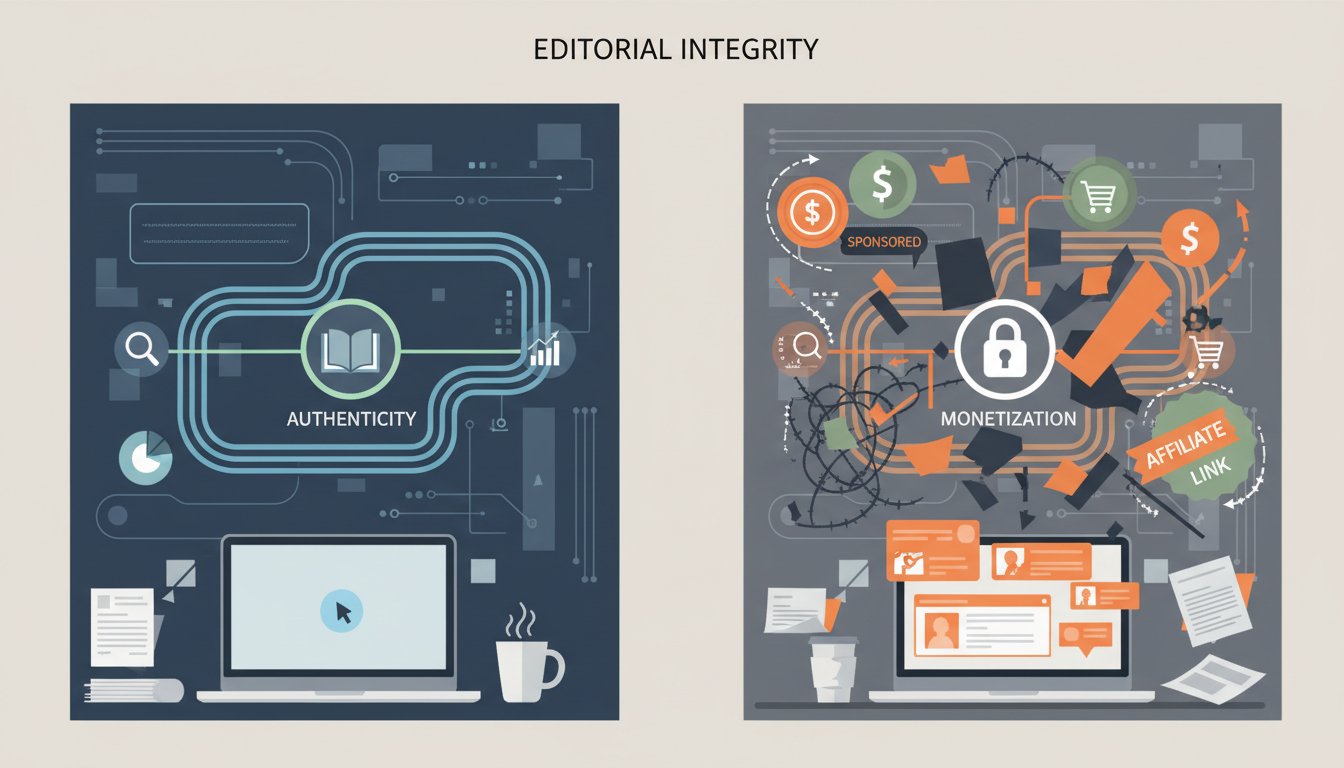What Nobody Tells You About Implementing RAG
Introduction
Imagine you’re building the ultimate AI-powered assistant. It’s brilliant, capable of answering almost any question… except when it comes to your company’s specific data. It confidently hallucinates answers or claims ignorance, leaving users frustrated and questioning its usefulness. This scenario highlights a common challenge: Large Language Models (LLMs) often lack access to real-time, proprietary data. Retrieval-Augmented Generation (RAG) promises to solve this by allowing LLMs to access and incorporate external knowledge sources. But what nobody tells you is that implementing RAG is not always straightforward. It requires careful planning, execution, and a healthy dose of troubleshooting.
This blog post will address the unspoken challenges of RAG implementation, offering practical insights and debunking common misconceptions. We’ll explore the complexities of data ingestion, vector database selection, query optimization, and ensuring data security. By the end, you’ll have a realistic understanding of what it takes to successfully implement RAG and avoid common pitfalls.
1. The Data Ingestion Rabbit Hole
RAG’s effectiveness hinges on the quality and accessibility of your data. However, ingesting data is often more complicated than it appears. You can’t just dump everything into a vector database and expect it to work.
Data Preparation is Key
Before ingesting data, focus on cleaning and structuring it. This involves:
- Removing irrelevant information: Eliminate noise like HTML tags, boilerplate text, and outdated content.
- Structuring unstructured data: Convert PDFs, documents, and emails into a consistent format, such as Markdown or plain text.
- Handling different data types: Address images, tables, and other multimedia elements appropriately. Consider using OCR for images and specialized tools for extracting data from tables.
Many organizations underestimate the time and effort required for data preparation. A recent survey found that data scientists spend approximately 60% of their time cleaning and organizing data. This highlights the importance of investing in robust data preparation pipelines.
Choosing the Right Chunking Strategy
LLMs have input length limitations. Breaking your data into smaller chunks is necessary. However, the chunking strategy can significantly impact performance.
- Fixed-size chunks: Simple but can disrupt semantic meaning if sentences or paragraphs are split.
- Semantic chunking: More sophisticated, aiming to keep related information together. This can improve the relevance of retrieved documents.
- Context-aware chunking: Considers the surrounding context to create more meaningful chunks. This is particularly useful for complex documents with nested structures.
The ideal chunk size depends on the LLM and the nature of your data. Experimentation is crucial. Red Hat Developer’s article (https://developers.redhat.com/articles/2025/04/30/retrieval-augmented-generation-llama-stack-and-nodejs) showcases using LlamaStack, useful for effectively managing documents.
2. Vector Database Selection: More Than Just a Name
Vector databases are the backbone of RAG, responsible for storing and retrieving embeddings. Selecting the right database is critical, but the choices can be overwhelming.
Understanding Your Requirements
Consider these factors when evaluating vector databases:
- Scalability: Can the database handle your current and future data volume?
- Performance: How quickly can it retrieve relevant vectors?
- Cost: What are the pricing implications, especially as your data grows?
- Integration: Does it integrate seamlessly with your existing infrastructure and LLM?
Don’t blindly follow trends. A popular database might not be the best fit for your specific needs. Research different options, such as Pinecone, Weaviate, Chroma, and Milvus, and evaluate their strengths and weaknesses.
Beyond Basic Similarity Search
While basic similarity search is fundamental, explore advanced features like:
- Filtering: Allows you to narrow down the search based on metadata or other criteria.
- Hybrid search: Combines vector search with keyword search for improved accuracy.
- Approximate Nearest Neighbor (ANN) algorithms: Optimize search speed, but may sacrifice some accuracy.
3. Query Optimization: Getting the Right Answers
The quality of your queries directly impacts the relevance of the retrieved documents. Crafting effective queries is an art and a science.
Prompt Engineering Matters
Experiment with different prompt engineering techniques to guide the LLM towards better results.
- Clear and concise questions: Avoid ambiguity and jargon.
- Contextual information: Provide relevant context to help the LLM understand the intent.
- Few-shot learning: Include examples of desired responses to guide the LLM.
Iterate on your prompts based on the results. Track the performance of different prompts to identify what works best for your use case.
Fine-tuning for Relevance
Consider fine-tuning the LLM on your specific data to improve its ability to understand and respond to your queries. This can significantly enhance the accuracy and relevance of the retrieved documents.
4. Security and Compliance: Don’t Forget the Guardrails
RAG systems can expose sensitive information if not implemented securely. Prioritize security and compliance from the outset.
Access Control and Data Masking
Implement strict access control policies to restrict access to sensitive data. Use data masking techniques to protect personally identifiable information (PII) and other confidential data.
Data Encryption and Auditing
Encrypt data at rest and in transit to prevent unauthorized access. Implement auditing mechanisms to track data access and modifications.
Compliance with Regulations
Ensure your RAG system complies with relevant regulations, such as GDPR, HIPAA, and CCPA. This may involve implementing specific security measures and data governance policies.
Conclusion
Implementing RAG offers incredible potential for enhancing LLMs with real-time, proprietary data. However, as we’ve explored, the journey isn’t always smooth. From the data ingestion rabbit hole to the complexities of query optimization and security considerations, there are numerous challenges to overcome. By acknowledging these challenges and adopting a proactive approach, you can successfully navigate the complexities of RAG implementation and unlock its full potential.
Remember that AI-powered assistant hallucinating answers? With a carefully implemented RAG system, you can transform it into a reliable, knowledgeable resource, providing accurate and relevant information to your users.
CTA
Ready to take your AI projects to the next level? Explore our comprehensive RAG implementation guide for detailed steps, best practices, and real-world examples. [Link to Guide]




